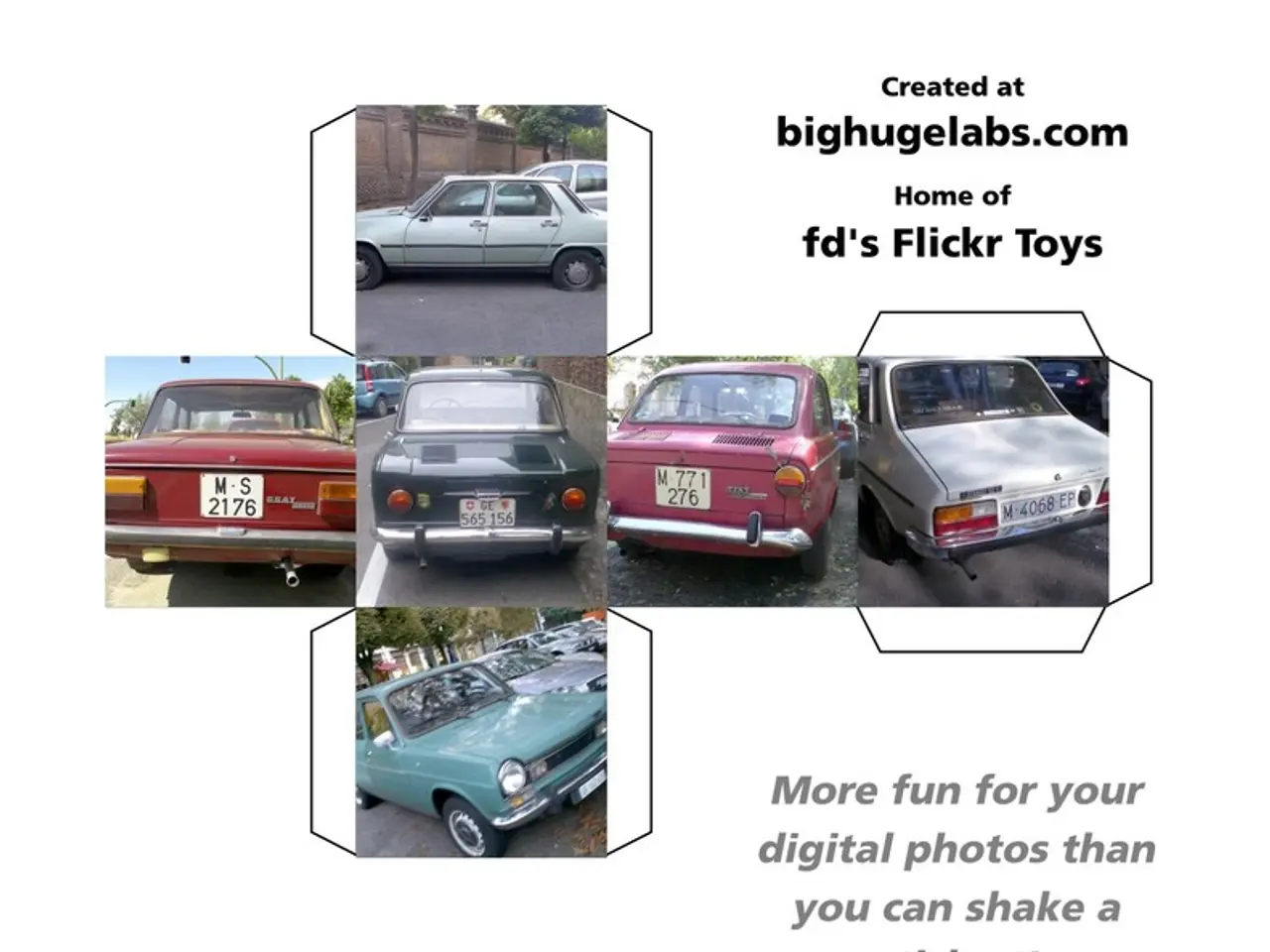Energy and Transportation Joint Office Embraces Adoption of SAE J3400 Standard for Electric Vehicle Charging Connectors
The ChargeX Consortium and the Joint Office of Energy and Transportation are working together to improve the electric vehicle (EV) charging experience, making it more convenient, reliable, and safe for everyone.
The J3400 standard, a collaborative effort between the Joint Office and the SAE, aims to ensure that any EV can work with any charger, promoting interoperability and convenience for long trips. This standard is a significant step towards addressing the need for a seamless charging network across different EV brands.
The ChargeX Consortium has defined key performance indicators (KPIs) for a quality EV charging experience. These KPIs primarily focus on charging speed, availability, reliability, user convenience, and interoperability. While the exact KPIs stated by the ChargeX Consortium are not detailed in the provided search results, typical KPIs in the EV charging domain include charging speed, availability, reliability, user convenience, and interoperability.
The ChargeX Consortium's focus is on improving the EV charging infrastructure with scalable solutions and monitoring these KPIs to enhance user experience and adoption of EVs. The industry trends corroborate these KPIs as central to addressing consumer concerns and expanding public charging acceptance.
The ChargeX Consortium report identifies six key components for a good EV charging experience: finding a charger, accessing a charger, starting a charge, completing a charge, getting help, and feeling safe and comfortable. The Joint Office, on the other hand, has established key points defining a good EV charging experience, focusing on ease of finding, accessing, and using chargers.
The Joint Office has also created new guidelines for apps to show real-time charger information, ensuring that drivers can easily locate available charging stations. Furthermore, the Joint Office works to ensure charging technology is strong and secure, addressing concerns about the safety and reliability of EV charging infrastructure.
The growth in the number of public chargers is supported by the federal government, states, and private companies. Between August 2023 and July 2024, approximately 1,000 new public chargers were added every week. This expansion of the charging network is crucial in addressing the range anxiety often associated with EV ownership.
In sum, the ChargeX Consortium and the Joint Office of Energy and Transportation are working towards a future where EV charging is fast, reliable, widely available, and easy for drivers to access and pay for. As the demand for EVs continues to grow, these efforts are essential in promoting the adoption and widespread use of electric vehicles.
[1] For the precise KPIs as published by the ChargeX Consortium, please refer to their official publications or technical documents not present in the current search results. [2] Industry trends corroborating these KPIs can be found in various EV infrastructure reports and studies.
Technology plays a crucial role in the efforts of the ChargeX Consortium and the Joint Office of Energy and Transportation to make EV charging more convenient, reliable, and safe. For instance, the J3400 standard, a collaborative effort between the Joint Office and the SAE, is a technology-driven initiative designed to promote interoperability and convenience for long trips among various EV brands.
The focus of the ChargeX Consortium is on improving EV charging infrastructure using technology, offering scalable solutions and tracking key performance indicators such as charging speed, availability, reliability, user convenience, and interoperability to enhance the user experience and adoption of EVs.




